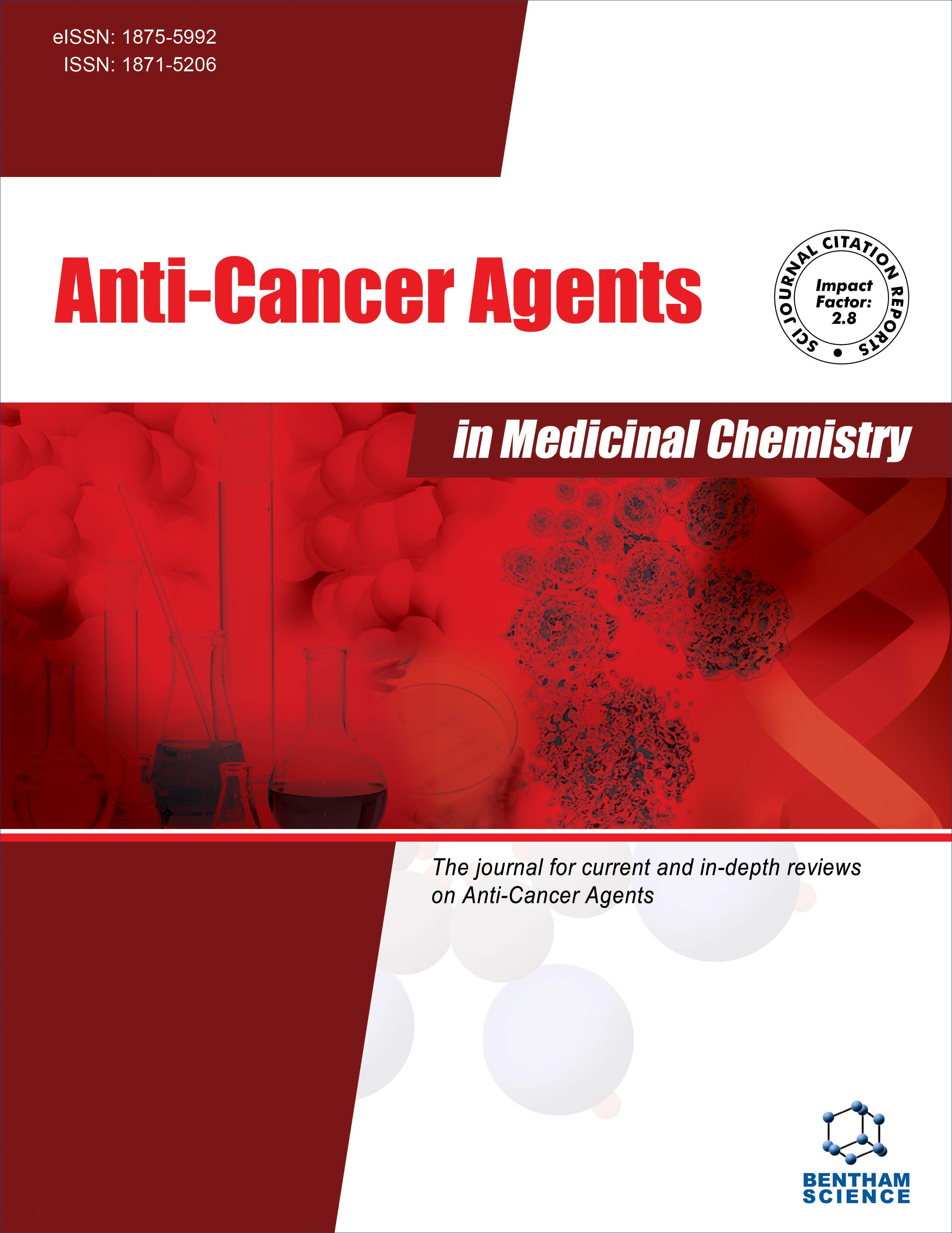
Full text loading...
Maternal Embryonic Leucine Zipper Kinase (MELK) is a serine/threonine protein kinase involved in regulating key cellular processes, including cell cycle progression, apoptosis, embryonic development, spliceosome assembly, and gene expression. Notably, MELK is overexpressed in Triple-Negative Breast Cancer (TNBC), an aggressive malignancy associated with poor prognosis, high drug resistance, and limited treatment options. Given its critical role in TNBC pathogenesis, MELK has emerged as a potential biomarker and therapeutic target. This review explores the molecular functions of MELK, its involvement in oncogenic signaling pathways, and the development of MELK-targeting small-molecule inhibitors.
A comprehensive literature review was conducted to evaluate current knowledge on MELK, including its molecular functions, interactions within signaling pathways, role in TNBC progression, and potential as a therapeutic target. Relevant databases, including PubMed, Web of Science, Embase, and Scopus, were searched for studies related to MELK expression, signaling mechanisms, and experimental therapeutic approaches.
MELK plays a central role in oncogenic signaling pathways that drive TNBC proliferation and survival. Preclinical studies have demonstrated that MELK inhibition can suppress TNBC cell growth and enhance chemotherapy efficacy. Several small-molecule inhibitors targeting MELK have shown promising anti-tumor activity in preclinical models. However, challenges remain in translating these findings into clinical applications due to drug specificity limitations and resistance mechanisms.
MELK is a promising biomarker and therapeutic target in TNBC. However, further research is required to refine MELK inhibitors, enhance clinical efficacy, and overcome drug resistance mechanisms. Targeting MELK could offer a novel therapeutic strategy to improve TNBC treatment outcomes.

Article metrics loading...

Full text loading...
References


Data & Media loading...

